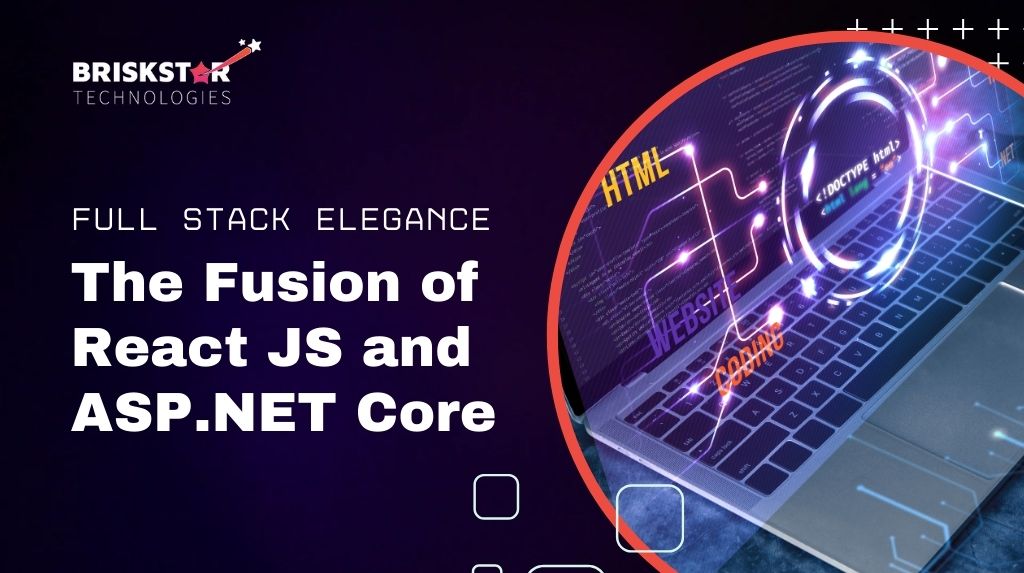Full Stack Elegance: The Fusion of React.js and ASP.NET Core
In the world of web development, React.js and ASP.NET Core are a dynamic duo capable of creating elegant and highly functional full-stack web applications. Let’s explore how this fusion works and why it’s so powerful.
React.js: The Front-End Powerhouse
React.js, an open-source JavaScript library developed by Facebook, simplifies front-end development. Its component-based architecture, virtual DOM, and reactive data flow make it a favorite among developers. React allows for the creation of reusable UI components, resulting in efficient management of complex front-end structures.
ASP.NET Core: The Back-End Powerhouse
ASP.NET Core, developed by Microsoft, is a cross-platform framework for building high-performance web applications. It’s known for its speed, cross-platform compatibility, dependency injection, and built-in security features.
The Fusion: Building Full-Stack Elegance
React.js and ASP.NET Core seamlessly communicate, enabling developers to create feature-rich, real-time applications with an elegant user interface and a robust back-end.
Benefits:
- Efficient Development: React.js simplifies front-end development, while ASP.NET Core streamlines server-side logic. This separation enhances code maintainability and collaboration.
- Real-Time Functionality: Leveraging technologies like SignalR with ASP.NET Core, developers can create real-time features, and React.js can update the UI in response to real-time data changes.
- Scalability: Both technologies support scalability, allowing applications to grow horizontally without compromising performance.
- Community and Ecosystem: React.js and ASP.NET Core have active communities, offering access to open-source libraries and reducing development time.
Building with React.js and ASP.NET Core
Here are the steps for building a full-stack application:
- Front-End: Create a user-friendly UI using React.js, building reusable components and managing state efficiently.
- Back-End: Develop server-side logic using ASP.NET Core, designing APIs to serve data to the front-end and handle business logic.
- Database Integration: Connect to a database, such as SQL Server or PostgreSQL, using Entity Framework Core.
- Authentication and Authorization: Implement security mechanisms to protect your application.
- Real-Time Features: Use SignalR for real-time functionality.
- Testing: Write unit tests for both front-end and back-end components.
- Deployment: Deploy to a hosting platform for public access.
Conclusion: Mastering Full-Stack Elegance
React.js and ASP.NET Core offer a powerful solution for modern web applications. This fusion combines front-end elegance with back-end robustness, creating web apps that not only look good but also perform exceptionally well. As web development evolves, mastering this duo becomes a significant asset for building top-notch applications.
Tags :
ASP.NET Core
Back-End Frameworks
front end frameworks
Full-Stack Elegance
Fusion of Technologies
React.js
![circle-shapes]()












